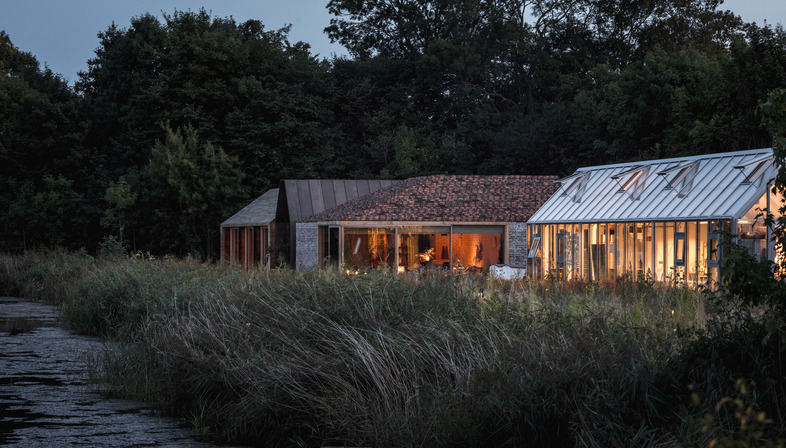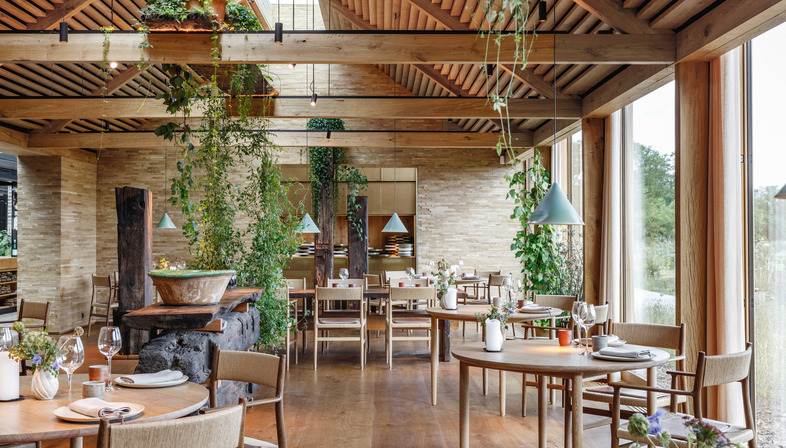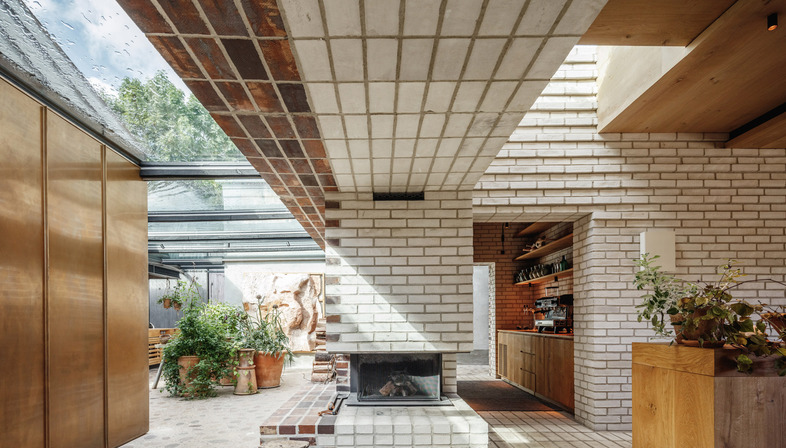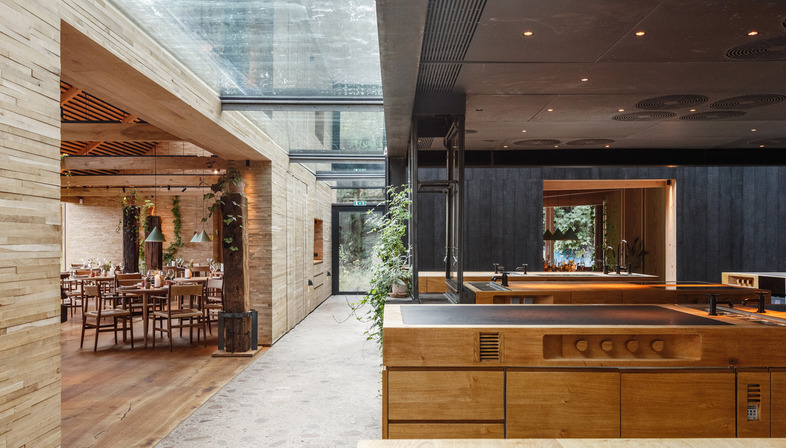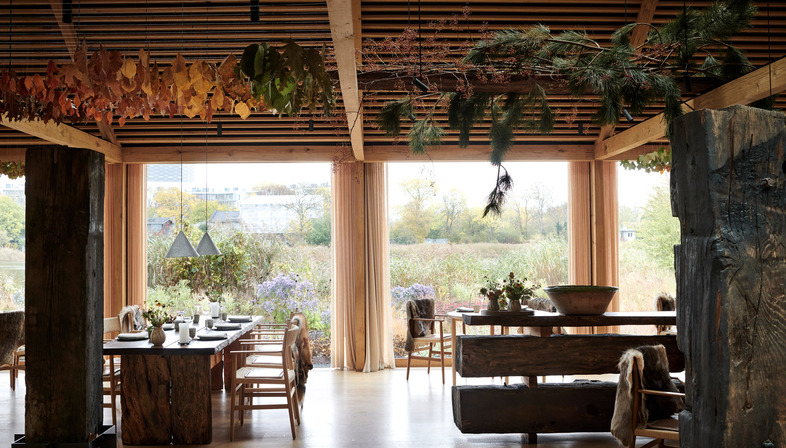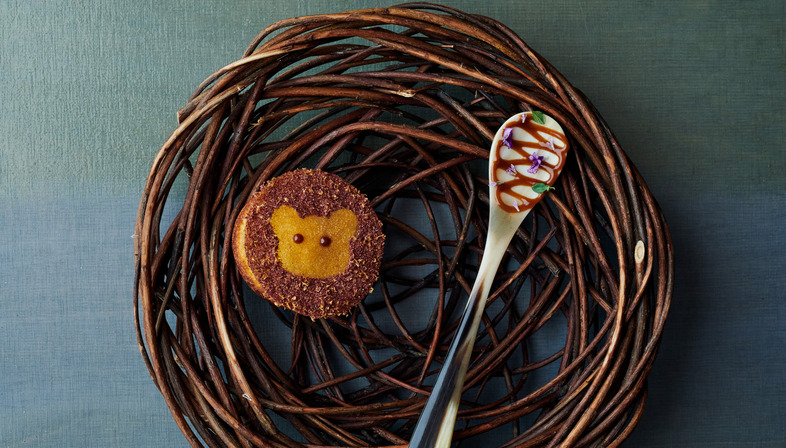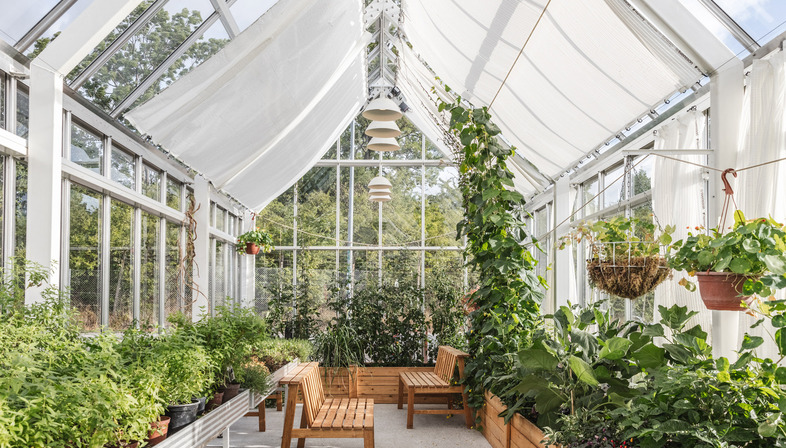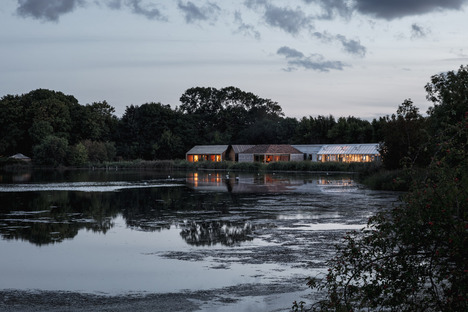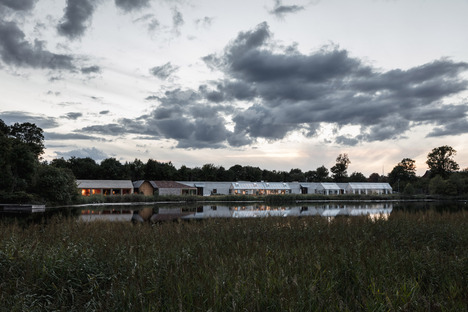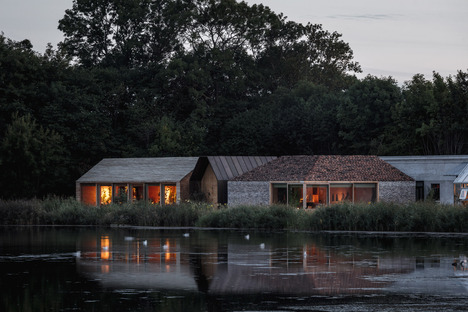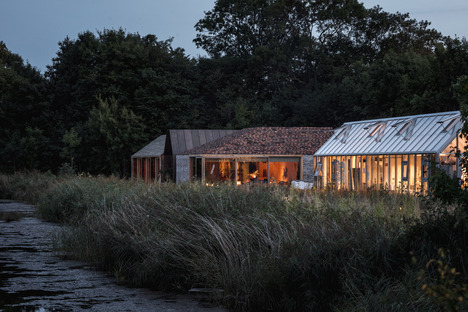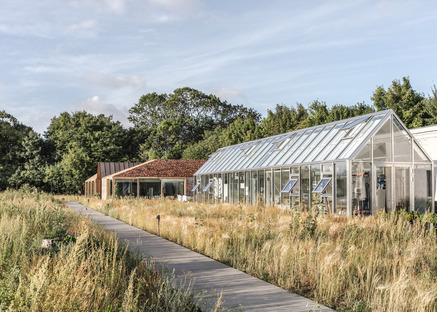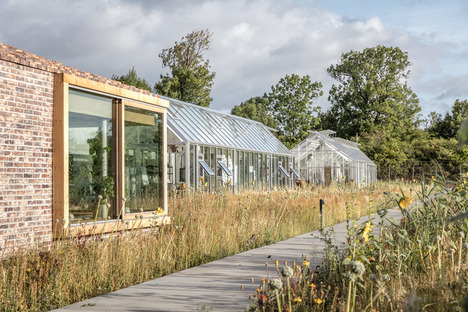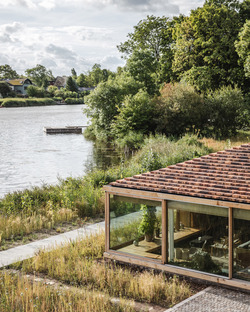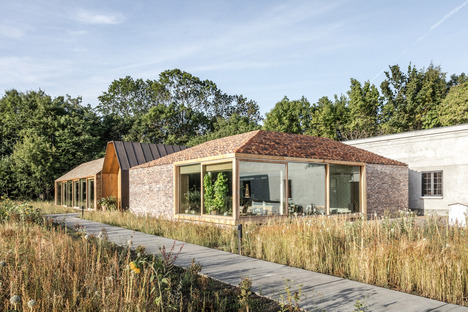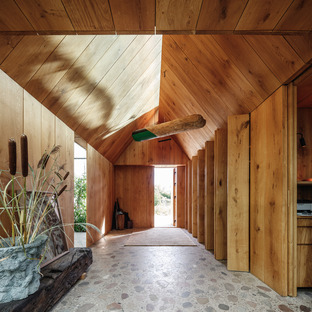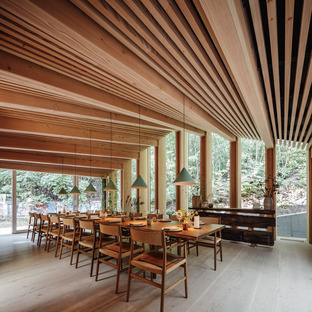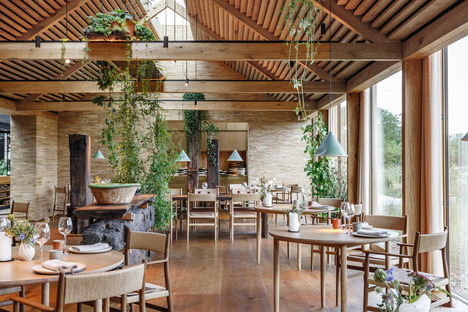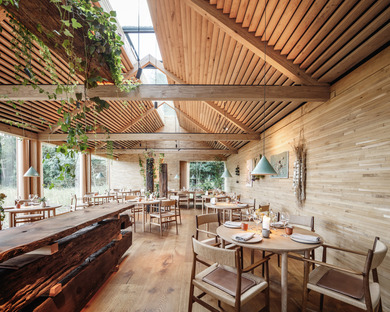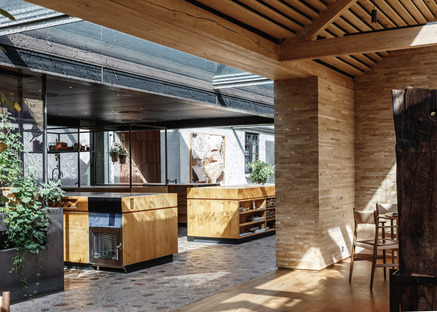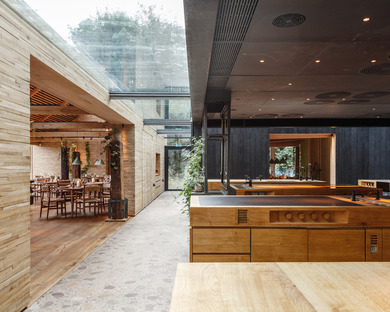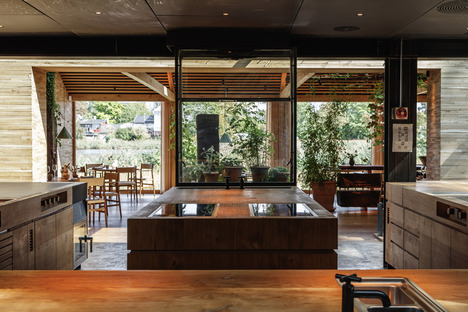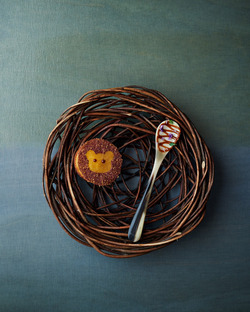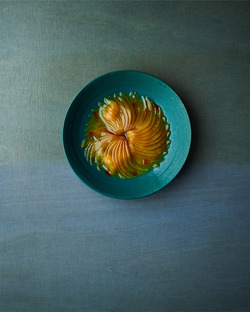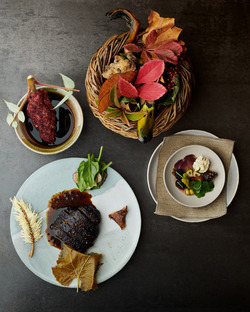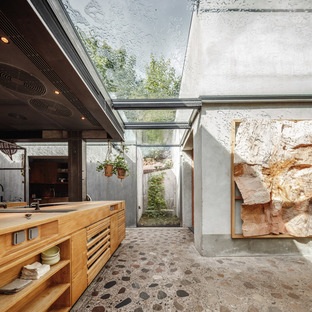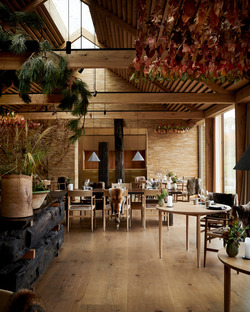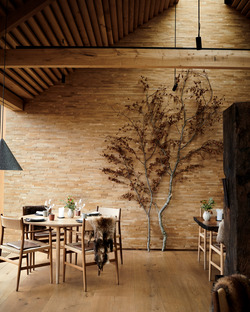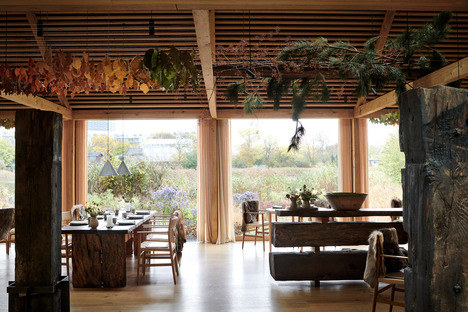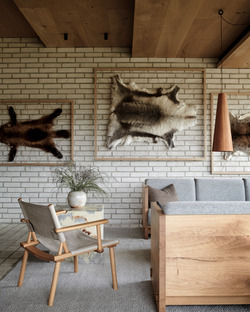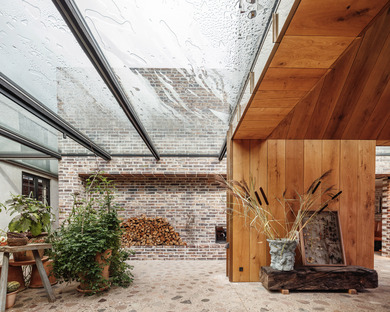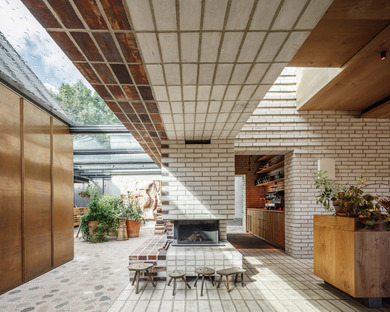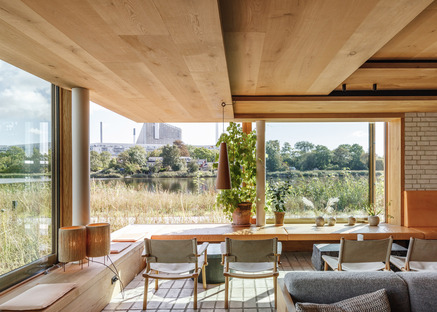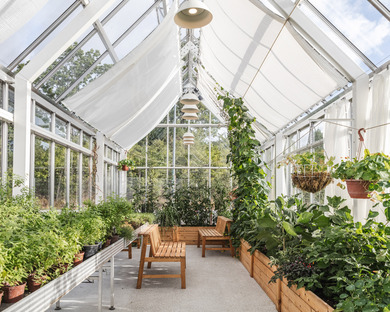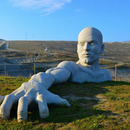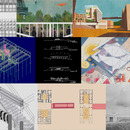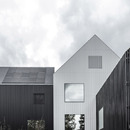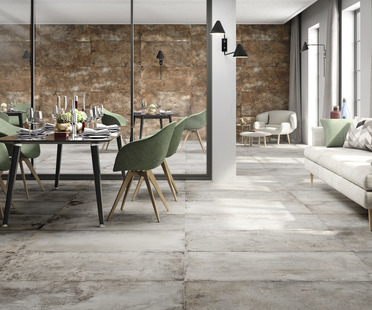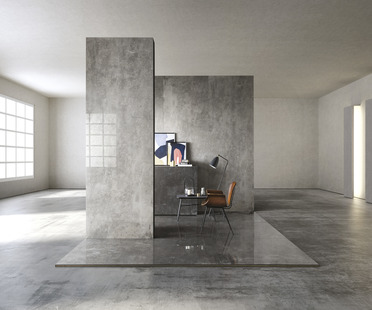28-12-2021
A NEW WAY TO LIVE SUSTAINABILITY IN THE KITCHEN
Rasmus Hjortshoij, Ditte Isager,
Food,
NOMA, David Thulstrup, René Redzepi,
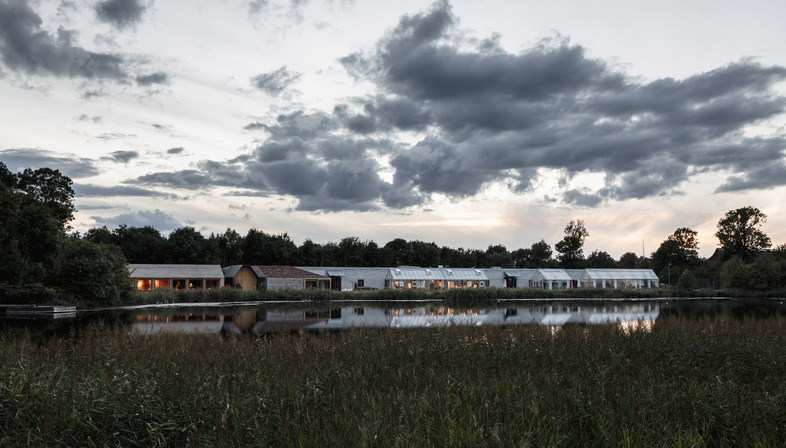
Paused...
Almost parallel to this very provocative ferment, that didn’t accept the uniforming flattening of acclaimed trends which, due to the abundant economic means available, stifled real identities, interesting voices worthy of being listened, even if less high-sounding, were spreading ideas which, animated by the same affinities and analogies, in a completely different sector, sought the redemption of a more national and more individual expression. It is on the initiative of two Danish chefs, passionate food activists, that in 2004, in a New Nordic Food Manifesto, are formalized the principles that, like real dogmas, establish the guidelines of a new culinary movement, supporting and advocating a complete rebirth of Nordic cuisine, against styles universally acclaimed for their elaborate and refined procedures. "Purity, simplicity and freshness", greater use of seasonal foods, ingredients that benefit from the regional climate, water and soil, promulgates this ideology, intending to promote, through the collaboration of the most important chefs of the Northern countries, a real inclusiveness, able to activate and help all the actors, part of the food chain, from the producers committed not to transgress this ethical conduct, respectful of the environment and biodiversity, to the industry that should have guaranteed not to contaminate a product in the name of naturalness. By involving and stimulating awareness, the intention was to contribute not only to that scenario to be left as an inheritance to the children but to a condition that promised to be winning from a gastronomic point of view, in terms of exports, tourism and for health effects on each individual and the entire community. The program succeeded, immediately arousing great interest from the Danish parliament and the Nordic council, receiving a lot of support and funding.
The year before holding the symposium to discuss and sign the New Nordic Food Manifesto, the two active pioneers, the Danish Claus Meyer and another chef of Macedonian-Danish origin, René Redzepi, opened in partnership the restaurant 'NOMA', an acronym for “Nordisk mad”, in Danish “Nordic food”. Their cuisine received the most prestigious recognitions and captured the international attention for the simplicity and freshness of their dishes, executed with extraordinary mastery and originality. Meyer in 2013, renounced the majority of his share, leaving the full leadership the former partner, who has continued to amaze, renewing dishes with surprising creativity and receiving this year, for the fifth time, the most important gastronomic award, best restaurant in the world, according to the annual ranking 'The World's 50 Best Restaurants', testifying the "Chef Redzepi's unfailing attention to unusual seasonal ingredients ".
NOMA, or NOMA 2.0, as it is recently mentioned, after one-year break, has reopened renewed outside the city center, choosing as its destination a strip of land that stretches along the shore of a city lake, offering the possibility of cultivating and foraging many of the ingredients part of that famous and sought-after list of proposals that provokes months of reservations. On the edge of a very particular neighborhood, where you can breathe an air of anarchy and a strong artistic climate, home to the autonomous community of Freetown Christiania, there is the long linear structure of a former military warehouse which, left abandoned for years, has been transformed with others 11 individual buildings, which appear as a sort of community cluster, into an experimental biodynamic farm, a set of related and support activities to the central core, from preparation kitchens, to fermentation laboratories, greenhouses and gardens. Author of the renovation project, an intervention that suggests the flavor of the past reinterpreted in the contemporaneity, with elegant but not ostentatious simplicity, is Bjarke Ingels, of BIG Architects.
The path winds through aromas and fragrances that inebriate and get used to lost moments and rhythms. It is the rediscovered world of Redzepi, made up of vegetable products and wild ingredients almost forgotten, by him and his team here cultivated and foraged to be then enhanced on the plates in the most unexpected way. The design layout arises precisely from the desire, inextricably linked to René's philosophy, to make guests participate as much as possible in the 'intimate garden-village' and in a stage, beating heart and focal center of the whole, where the famous chef and his team perform in one of the most spectacular orchestral games, a performance that releases adrenaline. From every angle, everyone enjoys a perfect global vision, sharing the preparation of the dishes and remaining in constant contact with nature, thanks to the large windows and long skylights, which accompany the passages, making truly live and palpably perceive the transformations related to seasons’ succession and weather conditions. Redzepi demonstrates a great aesthetic sensitivity not limited only to the refined and artistic presentation of his dishes that have become a myth, but also embracing the conception of the environment as important frame, entrusted to David Thulstrup, an architect with whom he was in perfect harmony about the mood that he wanted the interiors to inspire. Thulstrup's efforts have been aimed at satisfying the primary need for a good synergy between culinary research, based on tradition and modernity, and interiors, guaranteeing an immersive and relaxing experience, able, above all, to convey the feeling of a very familiar ambience.
There are many attentive measures that help to feel connected and empathically attracted to the context which to the great spatial qualities adds a pleasant sense of intimacy. It is a bit like being welcomed in a private residence and not in a restaurant, even the classic reception is missing and those who arrive have the freedom to leave their personal items, maybe even their shoes, inside the wardrobes flanking the pavilion used as entrance. Among the materials, wood plays the leading role, chairs in smoked wood, tables with oak planks as top and many other pieces of bespoke furniture, realised with old local craftmanship techniques, warm the interior of the shells in raw concrete or bricks, modeling the convivial tone that hovers and imprints, without falling into banality, the character of a restaurant, which has become a cult of its kind. Nothing is neglected and to the details has been dedicated passionate attention: the table services accompany the alternation of seasonal dishes with the most appropriate combinations, emphasized by the complicity created between natural and artificial light. On the floor made with large river stones, works of art, scattered here and there, find their exaltation. NOMA, as someone has pointed out, “has integrity, makes you feel at home”, is one of the qualities, among many, which is praised for the friendliness and informality with which the owner welcomes everyone.
Voices among the most authoritative are unanimous in agreeing that "René does not follow trends, but creates trends." So much that a famous food critic, Jeff Gordinier, who wrote for 'The New York Times' and now for 'Esquire', decided to follow him in all his delirious adventures, gradually becoming one of his most enthusiastic supporters and dedicating a book to his creative genius and strong personality. Renè has never stopped expressing himself in unconventional terms, reworking the tradition with the audacity of a truly unusual semiotics: starting from those gems, included in the past in his menu, which have created so much sensation, from 'huge shrimps covered with tiny black ants', to 'sheets of white chocolate encrusted with crunchy bee larvae', he has continued his explorations, with the same capacity to amaze and excite. He was able to arouse admiration, setting the parameters of an extravagance that comes from simplicity, remaining always consistent with the faith in the celebration of the products’ genuineness and respect of natural cycles. What has always distinguished him, making the New Nordic Cuisine a real revolution, has been “the idea of returning to the land, and developing a culinary identity that has its roots in the natural order of life itself…At its core, this kind of cooking is a celebration of life: taking delight in the multivarious mushrooms and berries and herbs underneath your feet; the fish in your lakes; the ants on your trees; even the wild yeasts and bacteria in your air. Your land is alive, says the New Nordic doctrine, and so are you; and when you are no longer alive, the land will still live, as it always has. It is an ideology more than anything else - not merely a slice of radish and a pine needle on a plate - and it welcomes all converts with zeal”.
It will be a man in particular, very charismatic, and with an equally interesting life, to arouse this initial interest of Redzepi for the wild nature and those "ingredients that most people never knew were ingredients". Roland Rittman, a forager, “the wild herbs grandfather”, as he is called, approach him for the first time by offering him the mushrooms he used to find, and continues to search in the woods and fascinate him with his tales full of experience, anecdotes and so much knowledge about salted ramson berries. A passionate defender of the natural heritage of his land, southern Sweden, he was forced, for two circumstances that alarmed and worried him for many years, to the unexpected role of eco-revolutionary activist, fighting two great enemies: the Ørestad plan, supported, when he was a young university student, by Minister Tage Erlander, who threatened the megapolization of Scania and Zealand and the Barsebäck nuclear power plant, which was only decommissioned in 1997, after heated protests and demonstrations of opposition from the limited plurality of which he was part. It will be this series of dangers looming over the particularly unique ecology of his region that will push him to an in-depth study of the forests, coasts and intact products hidden within them, approaching a series of sciences related to the environmental world.
And with the idea of returning to the land, from the amateur passion for the collection of wild herbs, mushrooms and berries, a collaboration was born by chance between Rittman and many restaurateurs who, like him convinced of the importance of protecting the preciousness of the natural heritage, decided to develop this new culinary trend.Trend that has had many followers: at the moment eco-cuisine is the recurring mantra that unites kitchen rock stars with more modest and less ambitious aspirants. There is also the opportunity to witness eccentric cases of those who, animated by the dream of living thanks to the proceeds of an existence in close contact with nature, will dedicate themselves to the collection of forgotten berries, roots and edible herbs, adding decidedly surprising ingredients to the research. The kitchens will become a theater of reckless experiments, breaking predictability with an audacity increasingly alien to the patterns of usual normality. Thomas Laursen, known in the food world as ‘The Antman', has made possible to enrich the experiences of the best and most eccentric restaurants with the very particular and appreciated taste of an ingredient as unusual as it is precious: the orange carpenter ant, which he finds in the hollows of the trees around Aarhus and supplies the restaurateurs alive. It was also for him the encounter with René Redzepi that allowed to transform a hobby cultivated throughout his youth into a real activity of adulthood, dedicating himself not just to the research of the jet ant but of all sorts of wild herbs and edible plants.
The path from farm to table spread and carried forward so brilliantly by the followers of the New Nordic Cuisine has not ended and we are witnessing new dynamics of which we see Redzepi once again among the main promoters and supporters. For many years now he has been organizing networking events, symposia to "unite a global culinary community with a social conscience", proposing topics related to food, as opportunities for more in-depth analyses of moral values strictly connected. He founded a non-profit organization, 'Mad', which contemplates lectures, collaborations with universities, such as Yale, on sustainable food programs, dedicating himself to divulgation and gender-specific publications and he conducted two years ago in collaboration with the UN a campaign against the environmental damage of food production. That year, in 2019, a significant financial support from the Danish government has transformed it into 'Mad Academy' which, as its executive director said, aims to become a "Bauhaus of food", a place where all the different phases of food production converge, trying to satisfy an all-encompassing philosophy of food. A food sustainability hopefully able to help a global ethical change, smoothing food inequalities, reducing waste and achieving more reassuring climate goals, is the collective effort that we expect will transform what seemed to be a revolution into everyday normality.
Virginia Cucchi
Credits:
NOMA
https://noma.dk/
Copenhagen, Denmark
Photo Current game and Forest menu: 15-17 © Ditte Isager/Courtesy of NOMA
15 Photo: Bear dumpling, 16 Photo: Yellow beet ‘sashimi’, 17 Photo: Whole grilled wild duck, duck brain, mushroom broth with wild sumac
Photos interiors: 19-22 © Ditte Isager/Courtesy of NOMA
Architects : BIG - Bjarke Ingels Group : https://big.dk/
Interior Design: Studio David Thulstrup : https://studiodavidthulstrup.com/
Collaborators: BIG Ideas, BIG Engineering, NT Consult, Studio David Thulstrup, Thing&Brandt Landskab
Photo: cover, 01-14, 18, 23-26 ©Rasmus Hjortshoj & BIG - Bjarke Ingels Group/ Courtesy of BIG
Photo: cover, 01-14, 18, 23-26 ©Rasmus Hjortshoj & BIG - Bjarke Ingels Group/ Courtesy of BIG










